The fashion and clothing industry likes to tout 'one size fits all,' but does it? Human bodies aren't made at a factory, popped out of a similar cookie-cutter shape. Everybody is unique, and our bodies come in all shapes and sizes. With compression socks, a singular design can leave out those with wider calves than others.
Compression socks have an essential purpose for many: reducing swelling in the legs and feet, improving blood circulation, faster recovery after workouts or runs, and keeping feet and legs healthy when seated for long periods or when standing. Compression can also be especially beneficial for those suffering from edema and diabetes, as well as treating varicose veins, spider veins, leg ulcers, and wounds by encouraging blood to circulate back up the leg.
All these health benefits are lovely! But
if you have wide calves, you might have noticed finding a pair of socks that fit you near impossible. You purchase a pair that will fit your calves, but they are too loose in the foot. You find a pair to fit your feet, but you can't wear them over your calves, or they are so tight as to be painful—which compression socks should never be painful when worn. They should also never be too loose. Why?
If compression socks do not fit right, you miss out on benefits.
Plus-sized or wide-calf socks are ideal for those struggling with finding the correct size.
What You Need to Know Before Buying
1. Get your measurements.
Sock fit depends mainly on the circumference of the calf and ankle. If you've never measured for compression socks before, here's how to do it:
- Know your shoe size.
- Try and measure your legs when they are not swollen. For most, that means early morning after first getting out of bed.
- Remove socks or shoes if wearing any. Using tailor measuring tape, or a soft measuring tape, wrap it around the widest part of your calf while keeping your feet flat on the floor. Write down the number.
- Keeping feet flat on the floor, measure around your ankles. Note the measurement.
For Between Sized Feet
What do you do if you wear a size 8 or 11 shoe? You're measurements sit right at the cusp between sizes. You can size up or down depending on how shoes usually fit you. For instance, if a size six shoe fits but generally feels tight in some areas, consider choosing a compression sock that fits a size 7-10. If you think a size 8 shoe gives you plenty of room, order the compression sock that fits 4-7.
What are the benefits of wearing wide-calf compression socks?
Compression socks work by applying gentle, graduated pressure to your legs and ankles, which can help reduce the diameter of significant veins by increasing the volume and velocity of blood flow to your legs. The gentle pressure can also assist blood flowing back up toward the heart and help prevent blood from pooling downward to the foot.
By gently squeezing the legs, compression socks can also reduce excess fluid leakage from capillaries, increasing the absorption of this tissue fluid by the veins and lymphatic vessels, resulting in reduced swelling and preventing swelling.
If you travel frequently, work at a desk, stand for hours during the day, or have mobility issues that reduce your movement—compression socks are an excellent aid to blood flow. When we move less or are forced to remain in one position for a long time, it weakens our circulation and increases the risk of blood clots. Compression socks can help keep your circulation going and reduce symptoms of discomfort and help reduce the risk of clots.
Can athletes benefit from wide-calf compression socks?
Absolutely! It's not uncommon to notice athletes wearing
compression socks and sleeves. There is evidence that wearing compression socks can help you recover after a workout or a run. Long-distance runners often wear them during marathons to help ease cramping.
Extended runs can often cause swelling, which is typical in most cases. If the swelling becomes uncomfortable, runners often turn to cold showers, ice packs, Epsom salt baths, and wearing compression socks.
Whenever we exercise, our bodies produce what is known as lactic acid. Lactic acid is a waste product, and the longer it stays in our muscles, the greater the chance we will have sore and achy muscles the day after. Wearing compression socks during and after running can help reduce and avoid soreness by reducing the accumulation of lactic acid by ensuring our circulation moves this waste product toward the heart at a higher velocity.
The Perfect Compression
At Crazy Compression, we provide wide-calf compression socks at what is known as the 'sweet spot' of compression at 15-20 mmHg. This means our socks offer the full benefits of mild and medium compression, gradually tapering off toward the calf, and you don't need a prescription to order or wear these (but it's always great to ask your doctor about compression socks!)
The great thing about this compression level is that any adult can wear and enjoy these benefits. If you're a first-timer looking for the perfect pair of wide-calk compression socks, look no further! You've found them and us! Please browse the funniest, best-looking, and most unique compression socks today and start your journey to healthier, happier feet and legs!
We love everything about compression socks! It's why we're 'Crazy' about them!

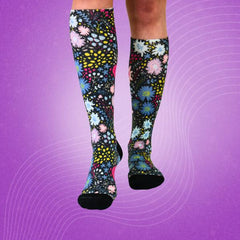
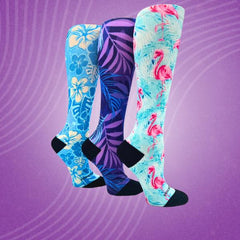
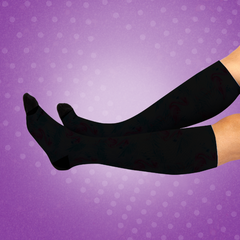

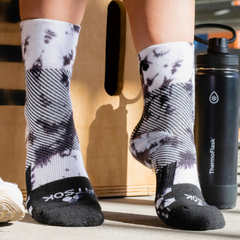
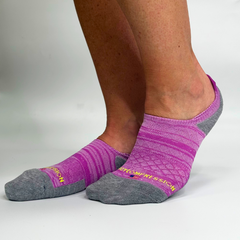

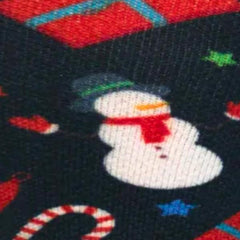

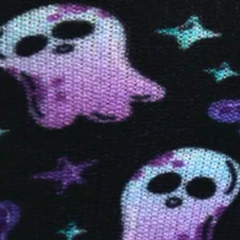
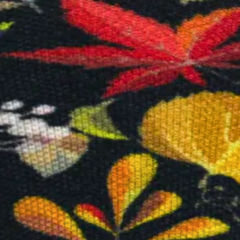

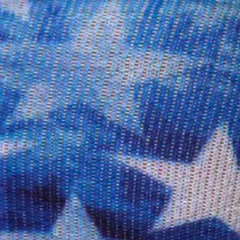


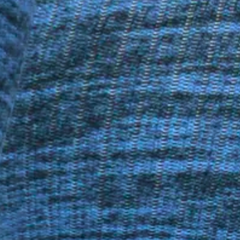
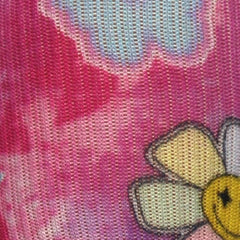

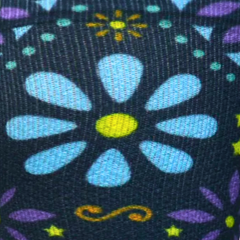
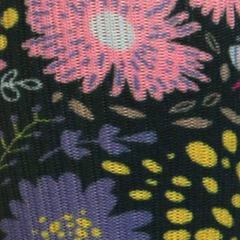
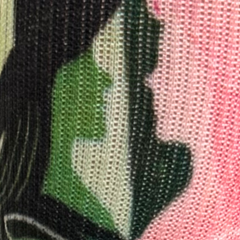
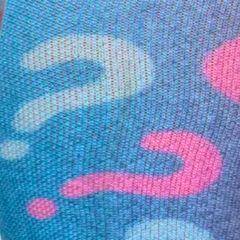
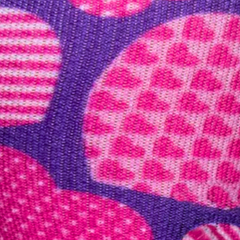
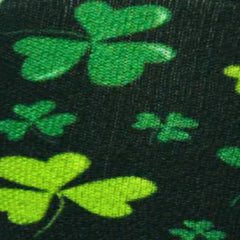
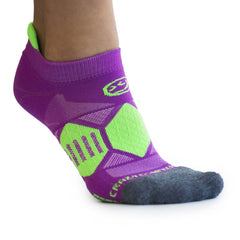

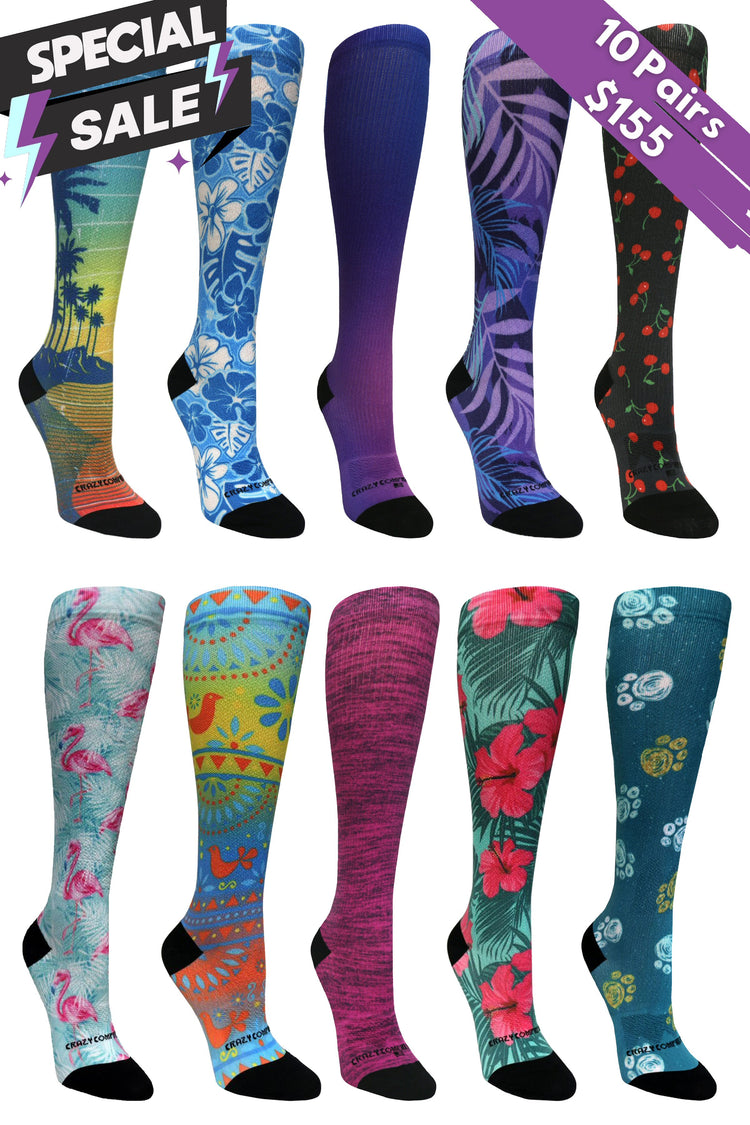



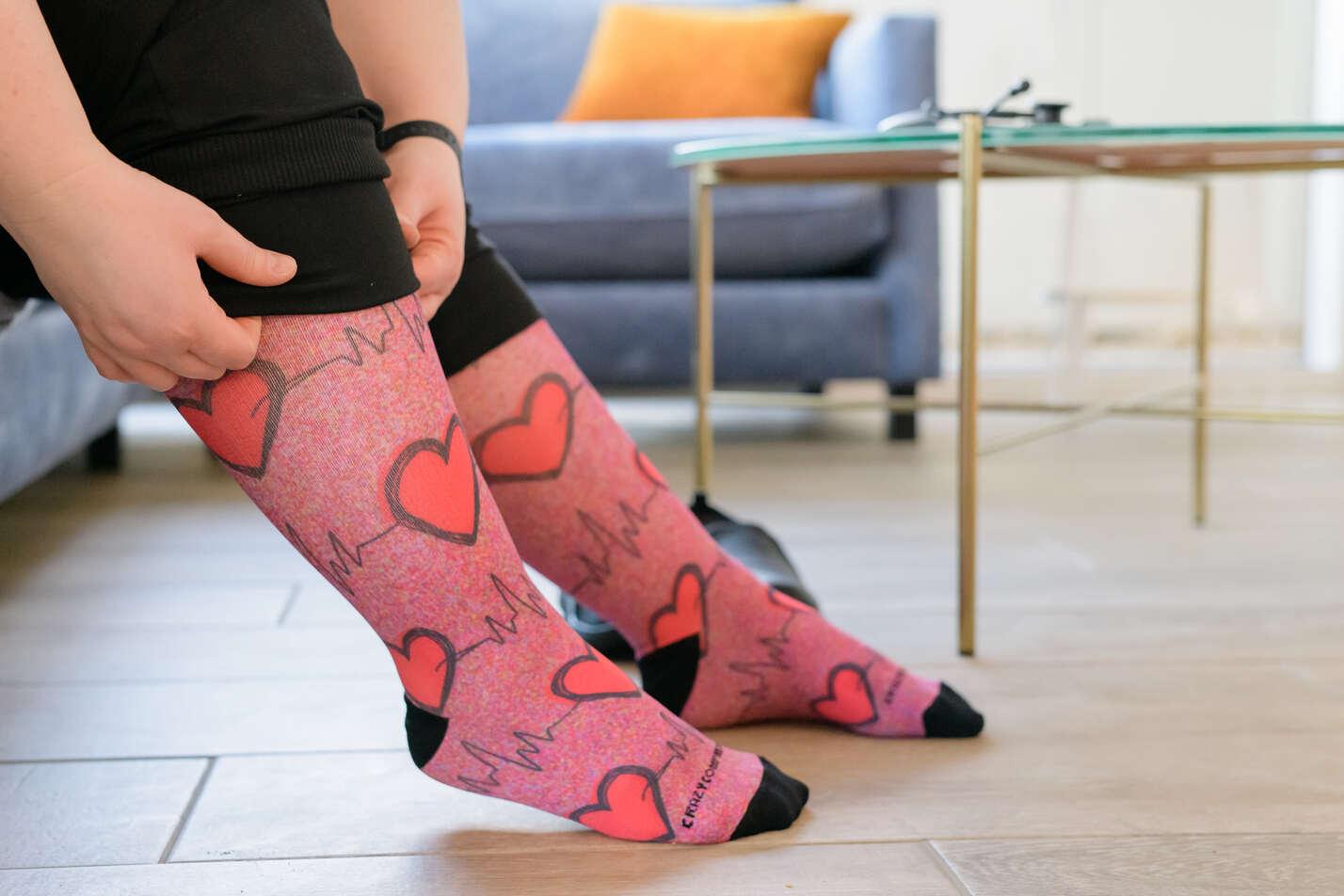
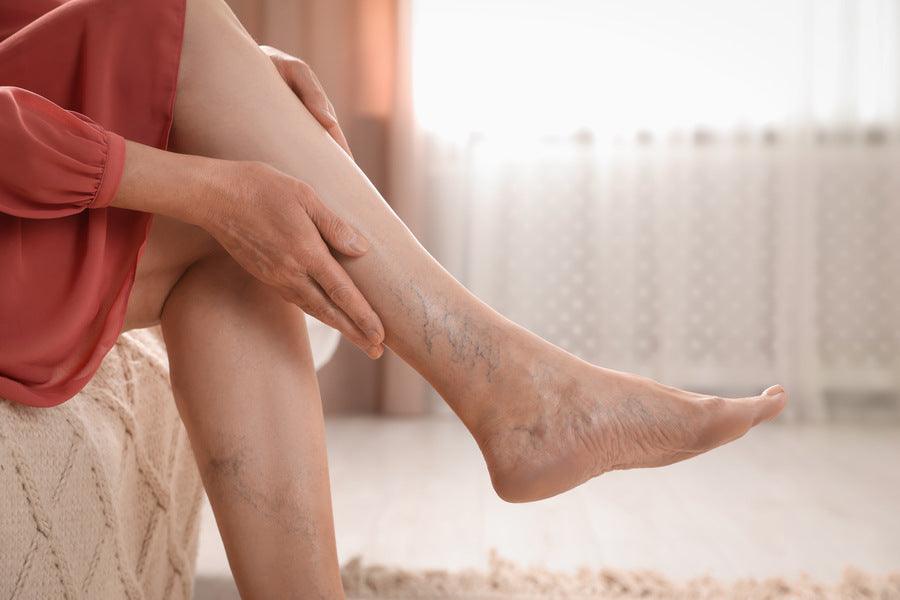
Leave a comment
This site is protected by hCaptcha and the hCaptcha Privacy Policy and Terms of Service apply.